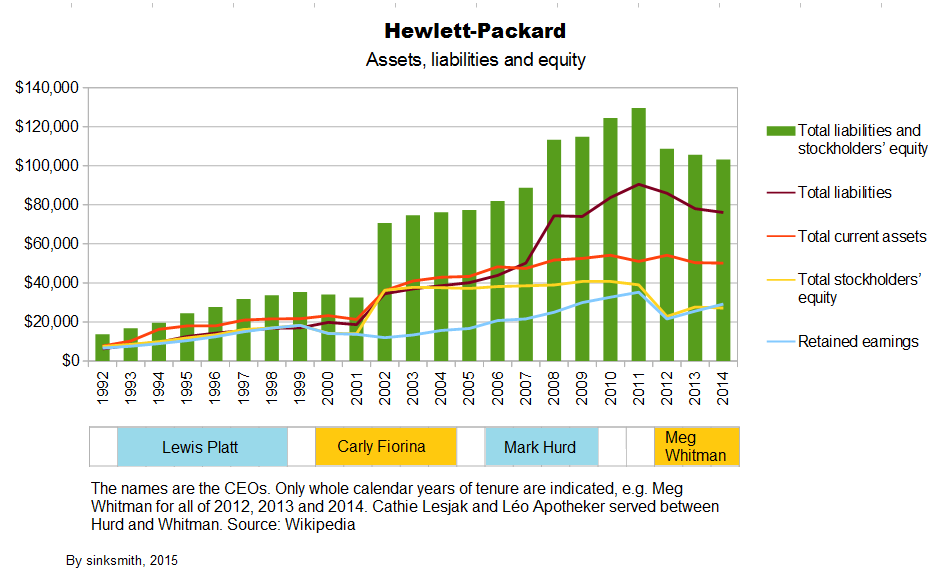Asset Liability Management Policy (almp) Free Sample
Post on: 16 Март, 2015 No Comment

Documentsplace.com presents on this page a free asset liability management policy (almp ) that was formulated for financial risk management and can easily be adjusted to meet the needs of any financial institution. From this policy you will get a first-hand view of what is asset liability management.
This excellent sample covers in detail all the areas including funding and risk issues to be managed by the asset liability committee (ALCO) and risk manager, as can be seen from the topics covered in the almp .
Why is there Need for an ALM Policy?
An asset liability management policy involves strategic management of the company’s balance sheet with a view to achieving solvency, long-term growth as well as profitability. To this end, there is a multiplicity of responsibilities and activities including, but not limited to, the management of various business risks such as interest rate risk, liquidity risk, market risk and operational risk. The formulation of strategic goals and objectives for the medium and long-term also forms part of such planning.
The objectives set by a business are usually pursued within the framework of written capital, credit and investment policies. Assets and liabilities are therefore managed in order to enhance profitability, maximize shareholder value, increase capital, to serve the needs of customer and the community, to protect the entity from disastrous financial consequences that may arise from interest rate changes.
In a capsule, the goal of the company is to achieve solid operating results, against a background of a quality balance sheet, through dynamic and sound funds management. As such, the asset liability policy includes: (1) An outline the responsibilities and scope of ALCO; (2) It defines, measure and manages consistently the various risks facing the Bank; (3) It establish guidelines to meet all applicable statutes and regulatory rules; (4) Coordinate the risk management functions of the institution’s financial position.

Topics Covered in the Sample
- The meaning of asset liability management
- The reasons for such a policy
- Responsibilities of Asset/Liability Committee (ALCO), including its meetings and reporting requirements
- Primary objectives including set targets for return on assets, return on equity, net interest margin, productivity, solvency and capital adequacy.
- Funds management and liquidity, taking into account liquidity risk, changing demographics, liquidity exposure, funding and investments
- Interest rate risk management, covering gap management, simulation and asset allocation strategies
- Management of credit risk including credit policy objectives, credit process, risk diversification, pricing for risk, and accounting for problem loans
- Market risk, covering trading risk and foreign exchange risk
- Preparation and review of the annual budget
- Application of cost management strategies designed to achieve desired productivity
- Targeted profitability ratios for return on assets, return on equity, and net interest margin
- Income taxes
- Payment of dividends
- Capital and risk weighting of assets
- Compliance with business laws and regulations
- Policy considerations
More About this ALMP
There is extensive coverage of liquidity risk and funding, investment, interest rate management and simulation, asset allocation strategies, credit risk management, and market risk, including trading risk and foreign exchange risk. Also included are details on profitability and productivity, income tax, dividends and capital, among other important areas. Effective asset management can only be achieved with the employment of a professionally formatted policy.














